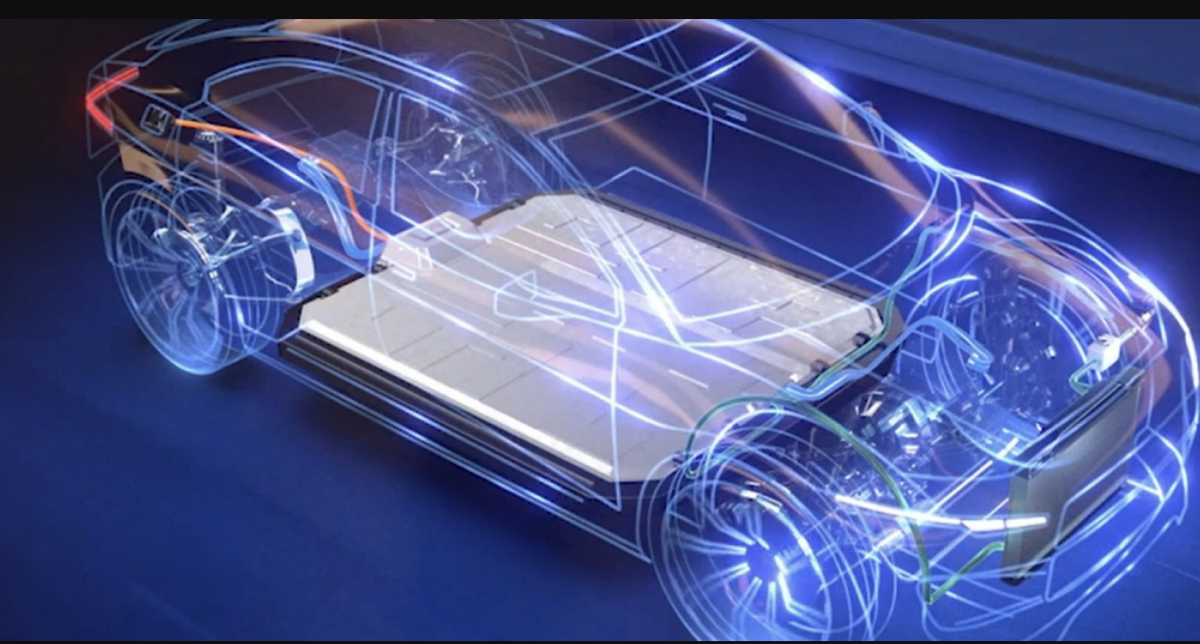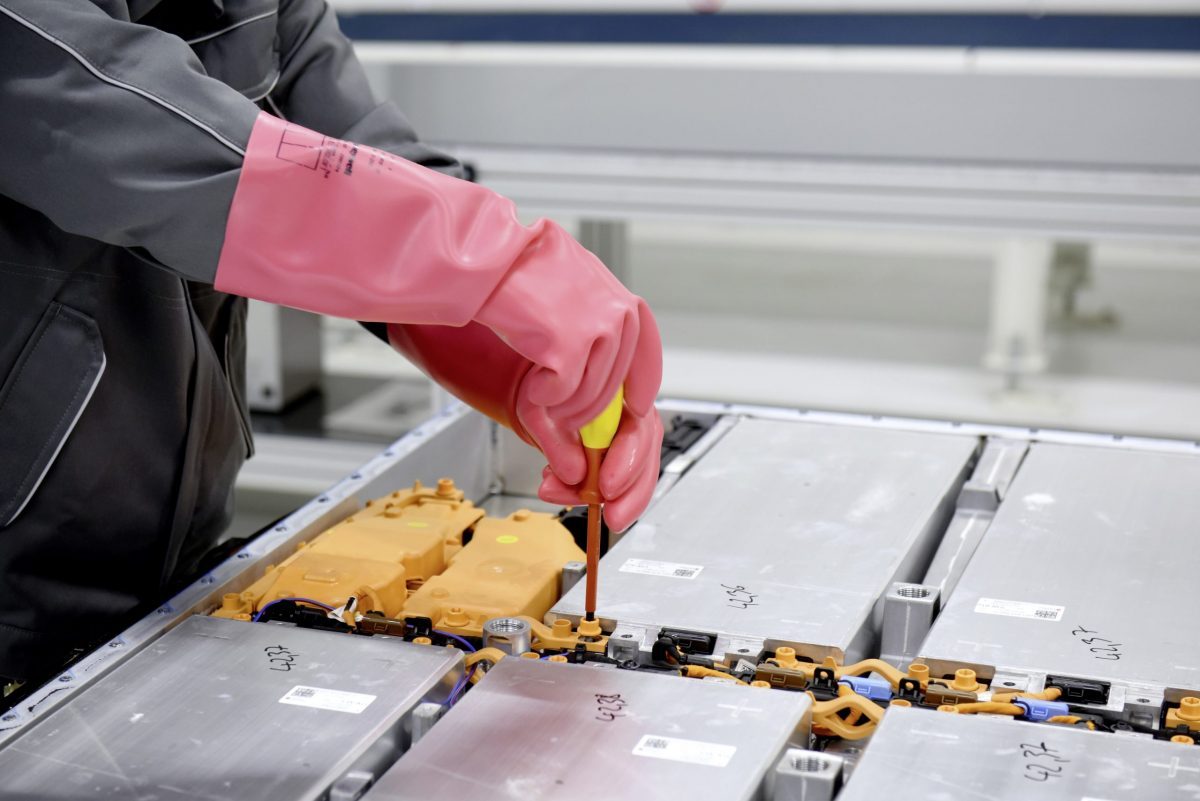DSM has its eyes on the prize. Satish Kantebet, Sales Segment Manager for DSM Engineering Plastics, North America, says the possibilities for automotive plastic are higher now than at any point in vehicle manufacturing history. “We’re looking to execute any metal to plastic replacement to support the development of automotive thermoplastics,” he says, which are entering regions of the vehicle that were traditionally thought to be the exclusive domain of metal.
These include structural and body-in-white applications, but perhaps the most important new frontiers for DSM are under the hood, and in the engine area. These harsh, dynamic environments demand parts that can resist the heat, withstand punishment, reduce friction and work with fluids. “Plastics enable considerable weight and cost savings for the modern day engine,” says Kantebet. “Powertrain systems have conventionally used aluminium and steel, particularly intricate systems immersed in fluids. In the past, plastic couldn’t endure some of the new technological fluids and lubricants that you find in the marketplace, but now they’re being immersed around plastic applications.”
“Metal certainly has a place in the engine,” adds Bill Burnham, Business Development Manager, Automotive Powertrain at DSM. “But there are some things that OEMs really look for in plastic materials – the modulus, the chemical resistance, the thermal property retentions, and the environments that material can stand.” For that reason, says Burnham, the biggest opportunities lie in cast aluminium and cast magnesium replacement, with parts including timing systems, cylinder head covers, crankshaft covers, tandem bearings, oil pans and front engine covers.
And it’s not just OEMs that benefit. DSM has worked with Tier 1s on products such as airbag canisters. Traditionally made from steel, DSM has replaced these with a nylon 6 application, with customers including Autoliv, Takata and TRW. “There’s been no reported failure of the product,” says Kantebet, “and that not only helps you realise considerable weight savings, but it lends added durability, too.”
With CAFE and Euro 7 regulations fast approaching, it’s clear why OEMs want to achieve as much metal replacement as possible. DSM estimates that replacement of metal engine components with plastic equivalents can help realise a 40% weight saving. “There are parts we’re making which are starting to approach the lightweighting performance of magnesium,” says John Jurecko, Automotive Business Development Manager at DSM, North America.
The future’s turbocharged
However, succeeding under the hood requires the supplier to keep a close eye on powertrain trends. One such trend that DSM is following closely is the increasing presence of turbochargers. Research from Honeywell has declared a golden age for turbocharger technology, predicting that over 200 million vehicles will be produced with a turbo engine by 2020. Between now and 2019, 47% of new vehicles will be equipped with turbocharger technology, and annual sales of turbocharged vehicles will reach 52 million units. Why does this matter to DSM?
“Increased incorporation of turbochargers allows for smaller engines,” says Jurecko. “This improves fuel economy and lowers emissions. When we identified this trend, we expanded our product line and developed new grades that can handle higher temperatures, both in terms of peak temperature and continuous use temperature.”
Plastic poses unique manufacturing challenges. In targeting under the hood and engine applications, one of DSM’s main concerns is creating durable products. Turbochargers and other boosting technologies have risen typical temperatures under the hood from 125 degrees Celsius (257 Fahrenheit) to between 175 and 200 degrees Celsius. Parts under the hood have to endure thousands of hours of exposure to this over their lifetime. DSM employs its patented Diablo technology to interfere with heat degradation mechanism, extending product lifetime.
Staying in shape
Further production challenges for DSM include the forming of parts. “When a metal is stamped or cast, it retains its original dimensions and flatness,” explains Jurecko. “For plastics manufacturers, there are challenges because all plastics have a certain shrinkage as they cool. There’ll be a certain level of moisture uptake.”
However, like many areas of the automotive manufacturing industry, plastics suppliers have benefitted from computer-aided engineering (CAE) techniques that allow designers to predict how a part will warp. This ensures that along with durability, the part’s seal fits correctly and maintain pressure. “These are issues that we have to work very closely with the OEM or supplier to address,” Jurecko adds.
Kantebet says that strength under the hood does not rest purely in the technology that can be offered, but in the supplier’s capabilities, and what it can offer a customer across the product design life-cycle. “CAE gives toolmakers and Tier 1s the ability to cut steel for the tools they’ll use with incredibly tight precision,” he says. “This is more important, because there’s such space limitation within the engine compartment and the powertrain system that every millimetre is precious.”
Bang for your buck
Of course, the bottom line remains the priority for OEMs, and this is at the forefront of all DSM’s efforts. Simply replacing a metal part with a plastic one is a challenging business case, says Jurecko. DSM’s approach is to work in conjunction with OEMs and Tier suppliers to redesign parts in order to incorporate additional functions, or as Jurecko puts it, “taking two or three components and turning them into one.”
Examples include a plastic cylinder head cover with an integrated oil separator. Air intake manifold systems can be integrated with inter-cooler systems, previously separate parts outside the apparatus. “It’s all being integrated, again because of space,” says Kantebet. “This is where plastics have the advantage, because previously, with steel or aluminium, there were very conventional ways of casting or stamping. Plastic allows you to integrate parts into the mould design.”
Moving forward, Jurecko knows the competition will be tough. “From a material standpoint, we’re still competing with aluminium and magnesium. These are still things designers can turn to when they need stiffness, rigidity and strength.”
What will help suppliers like DSM survive, says Kantebet, is specialisation. “We’re not trying to be all things to all people,” he says. “Companies like Dow Chemical have invested heavily in the amorphous side of the polymer chain, for example. We’re more focused on the semi-crystalline portfolio of products.”
Ultimately, the OEMs benefit, he concludes. “These are what you need for parts that can handle both continuous-use temperatures, and accompanying peaks and troughs, from Minnesota in the middle of winter to Silicon Valley in the middle of summer.”
This article appeared in the Q1 2016 issue of Automotive Megatrends Magazine. Follow this link to download the full issue.



